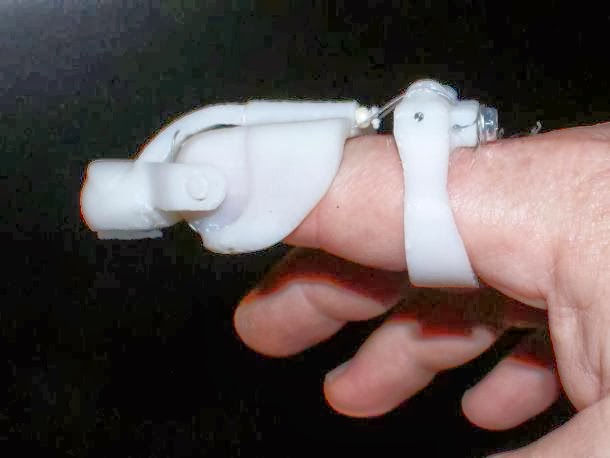Sprint is offering a new Wi-Fi calling and messaging service that it says will help improve network coverage for its subscribers, the company announced Friday.
For now, the service, which allows users to make voice calls, as well as, send and receive text messages via a Wi-Fi network when these customers are not in range of Sprint's cellular network, will be available on two Google Android smartphones, the Samsung Galaxy Mega and the Samsung Galaxy S4 Mini. These devices will receive over-the-air software updates to enable the service in the coming weeks. Sprint said it plans to expand the service to additional devices throughout 2014.
Wi-Fi has long been used by wireless carriers and their customers to offload data traffic. AT&T has built large Wi-Fi hot zones in highly trafficked areas as a way to help relieve congestion on its network. Now Sprint is turning to Wi-Fi to improve its voice network coverage. T-Mobile was the first major wireless operator to launch a Wi-Fi voice service to extend coverage of its voice network. Wi-Fi is a useful technology for this since it uses unlicensed wireless spectrum. But there are challenges with the technology as well. It's short-range means that users often must hand-off between multiple networks if they are at all mobile. And the fact that the spectrum is unlicensed means that airwaves can be congested and interference between different Wi-Fi networks is common.Domestic phone calls and text messaging are free using the Wi-Fi service, whereas under certain Sprint plans voice minutes and text messages are counted toward a monthly allotment of activity.
Like T-Mobile, Sprint is also using the existing home, office, and public Wi-Fi networks as a way to improve coverage for Sprint customers. While Sprint's network coverage is considered more extensive than T-Mobile's voice network, the company has always struggled with in-building coverage. The Wi-Fi calling and messaging option should help improve that shortcoming.

